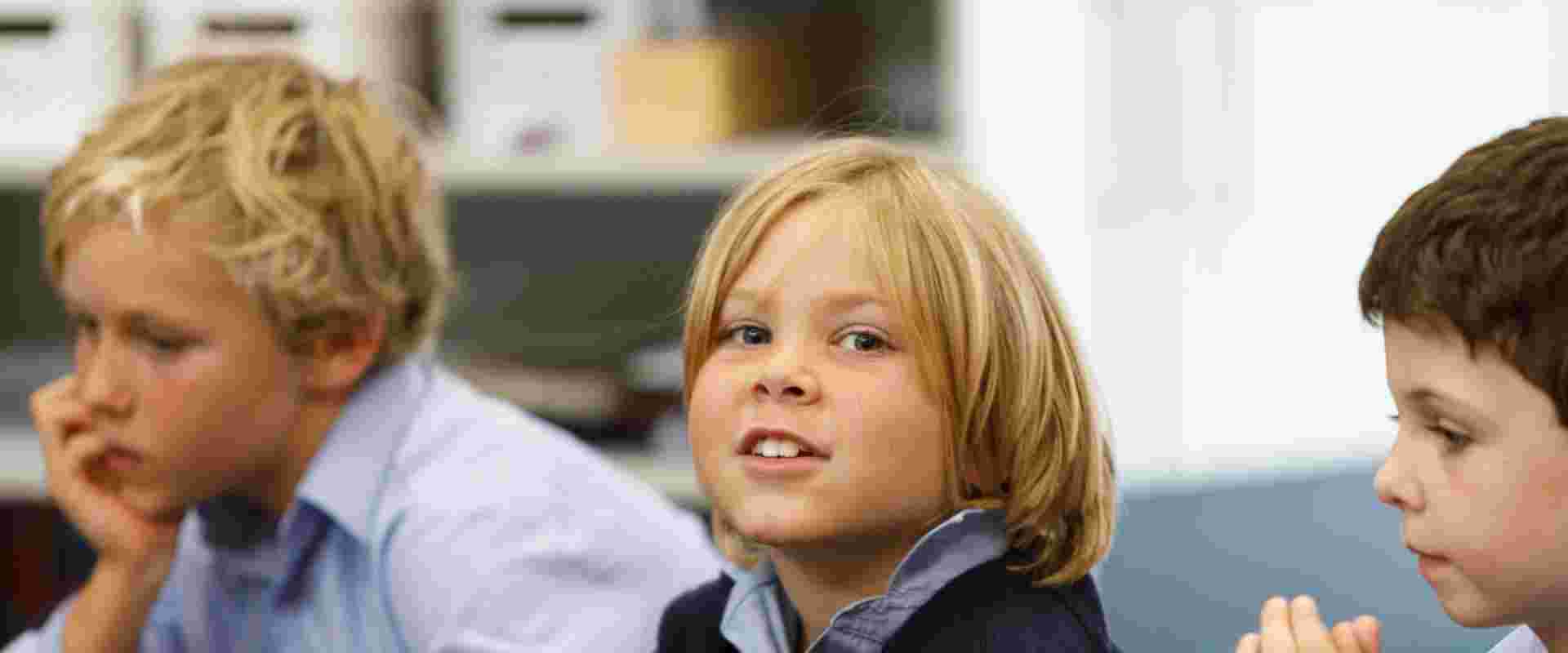Our Curriculum is designed to lay the foundations for future learning. Teachers create meaningful, relevant and challenging lessons to help students reach their potential.
GANAG Framework
We follow the GANAG framework. This puts students at the heart of learning. We use what they already know, learn new information, apply it and review their progress.
These steps are:
G- Learning Goal
A- Accessing Prior Knowledge
N- Introduce New Information
A – Apply New Information
G- Review the Goal
| English | Programs are designed to establish solid skills in speaking and listening, reading, writing, and viewing. These methodologies are grounded in evidence-based instructional practices rooted in the science of learning. Key elements focus on phonics, phonological awareness, fluency, comprehension, grammar, vocabulary, and writing. |
| Mathematics | Learning to solve problems and apply mathematics in real-world scenarios is our top priority. Students will develop essential numeracy skills, sharpen their mathematical reasoning, hone their problem-solving abilities, and gain a deep understanding of mathematical concepts. We employ a range of teaching strategies, integrating explicit direct instruction with hands-on activities and concrete experiences. This approach empowers students to explore and learn effectively, ensuring their mastery of mathematical principles. |
| Humanities & Social Science | Inquiry topics blend geography, history, economics, and civics and citizenship education, aiding children in understanding their world. Students delve into the past, present, and future, investigating diverse cultures, societies, environments, and systems. This process fosters an appreciation of their role as engaged and knowledgeable citizens. A variety of excursions, incursions, a vegetable garden, and our distinctive outdoor environment complement the learning experience in this domain. |
| Science | Our aim is to instil scientific knowledge, understanding, and inquiry skills. Students are provided with diverse opportunities to delve into concepts spanning biological, chemical, physical, and earth and space sciences, alongside scientific inquiry and investigation. |
| Technology | Students cultivate computational thinking, coding skills, and digital literacy. This empowers them to become responsible users and designers of technology. |
| Japanese | Discovering Japanese language and culture, from basic greetings to the art of origami, is an integral part of our curriculum. Students immerse themselves in the rich tapestry of Japanese language and traditions, fostering an appreciation for its culture and heritage. |
| Visual & Performing Arts | Encompassing visual arts, music, drama and dance, students embark on a journey of creative exploration. They engage in artistic expressions, honing their skills and understanding of artistic concepts while actively engaging in the creative process. Our curriculum nurtures confidence by providing opportunities for students to shine in public speaking, singing, dancing, and acting, fostering a well-rounded and expressive approach to the arts. |
| Health & Physical Education | Health and physical education play a vital role in fostering holistic well-being. Students engage in a variety of physical activities and learn about the importance of maintaining a healthy lifestyle. Through structured lessons and active participation, they develop essential skills in teamwork, sportsmanship, and personal fitness. Our curriculum emphasises the significance of mental and emotional health. This provides students with the knowledge and strategies necessary to navigate social and emotional situations as they mature. |
| Cross-Age | Cross-age interactions are encouraged through collaborative projects like our buddy system. Older students serve as mentors for younger peers, and selected Year 9 students engage in cross-age peer tutoring reading sessions. Activities like working together in the school garden promote unity and belonging across all year levels. |
Our surroundings keep us grounded
When I visited, I liked the layout of the classrooms around a central courtyard. I liked the earthiness of the buildings. Newhaven seemed peaceful. It seemed calm. The kids were happy. It had that innocence that you're looking for.
Parent of Primary School aged children



